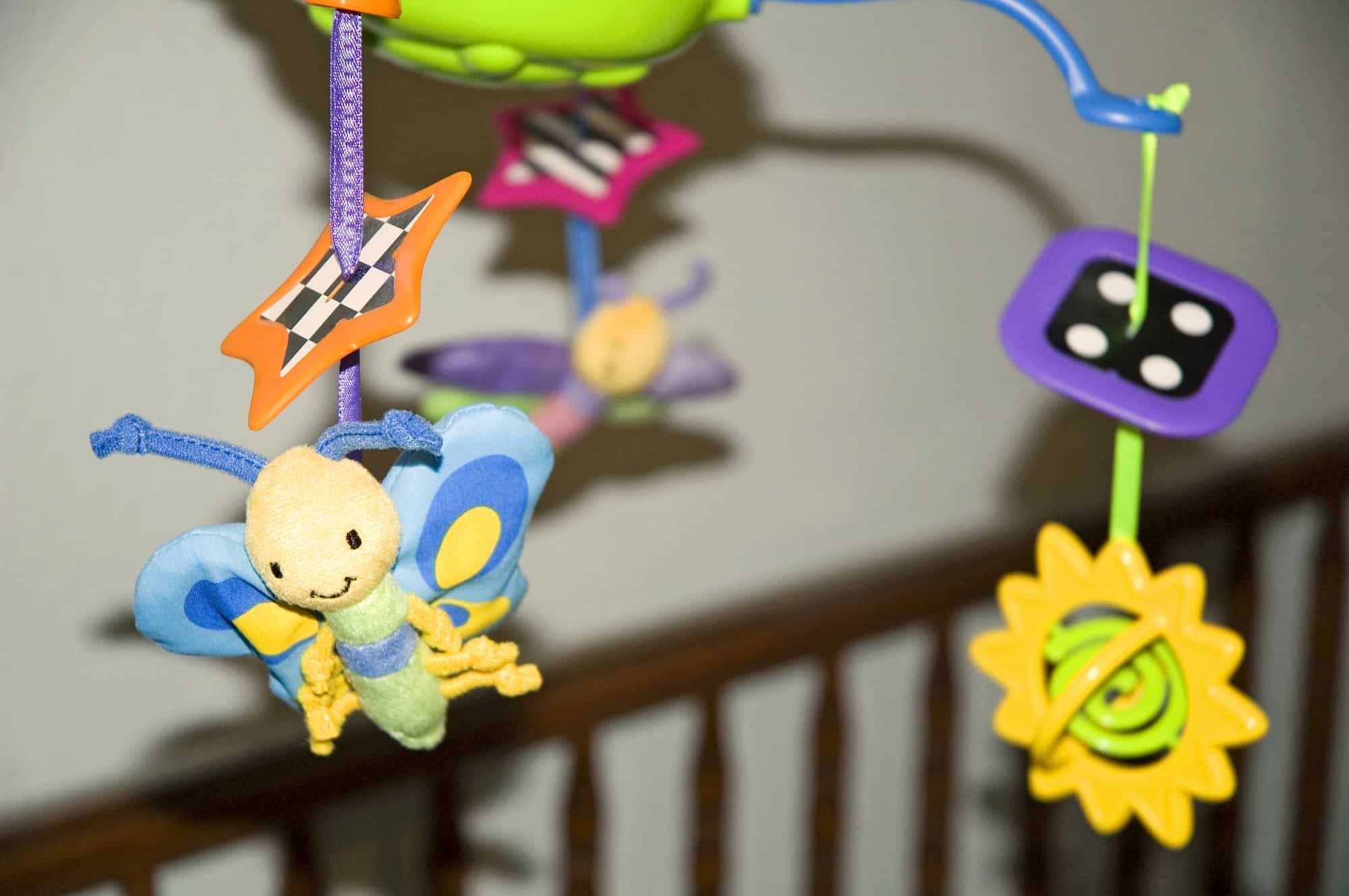It's not uncommon for babies and children to seem to dislike their crib or room. Sometimes it is simply because it is an unfamiliar place or because they often find themselves alone there. Other times, we see children have developed a bit of anxiety about their room, crib or going to bed in general. The good news is that with a little effort this can change and your child will learn that her crib is a lovely safe and cozy place.
We got a great report back from a family in Toronto whose baby was having anxiety around his crib. Over the years we've worked with several families that have had anxiety issues and I continue to be amazed at the quick progress that babies and toddlers can have in melting away anxieties. This family mentioned that after 1-2 days of following the activities given them, that they noticed marked progress. Not surprisingly as I have seen it time and time again.
What helps?
Simple routine changes, parent attitudes as well as grounding and attachment exercises are effective in resolving anxieties. With babies and toddlers we often see concerns melt away in days.
- Spend more time in the child's room during the day playing and doing routine tasks. Some families spend little to no time in the child's room before they day they decide to put the baby to sleep in there.
- Be relaxed about the child's anxieties. Try to take a matter-of-fact attitude and calm yourself first before attempting to calm the child. Children can pick up on the parents stress and feel unsafe. If you think this might be an issue at bed time, try this exercise:
Before putting your child down to sleep, take 2 deep, cleansing breaths; on the second exhale lay your child gently into the crib.
- Try grounding techniques. There are a number of different activities that we use with parents to melt away stress and anxieties. The goal of these activities is to use simple strategies to calm the child from negative feelings. Here is one that can help:
Calmly take your child around her bedroom and slowly point and name the objects in the room. Another variation of this is to say 'goodnight' to the objects in the room.
- Working on strengthening your child's attachment can also play a vital role. There are several attachment exercises that improve connection and secure feelings. Here is a simple attachment strengthening exercise:
Spend 5 minutes a day (or more) doing one-on-one child directed activities. During this time, do whatever your child wants to do. If you are not sure, simply sit on the floor and let her come to you and follow her lead.
- Another idea which most parents think sounds a little crazy is to post a life size photo (head shot) of one or both parents in the room. Younger children can relate better if the size is more realistic so a 8x10 headshot usually works well. Research shows that this as helpful for children in dealing with separations, including specific research with children in daycare settings who are giving a picture of Mom to keep in their pockets. The children will take it out and look at it from time to time and be comforted.
It's important to consider your child's feelings about her sleep space and work on acclimating her to this space before working on any sleep issues. If she doesn't feel safe and secure, she will have a difficult time sleeping.
At KinderSleep, our consultants access for anxieties and emotional readiness with our sleep consultations and will recommend preliminary exercises prior to sleep coaching to overcome anxieties. It is exciting to see how quickly babies and toddlers can improve with good support and tools.
Article by: Andrea Strang



